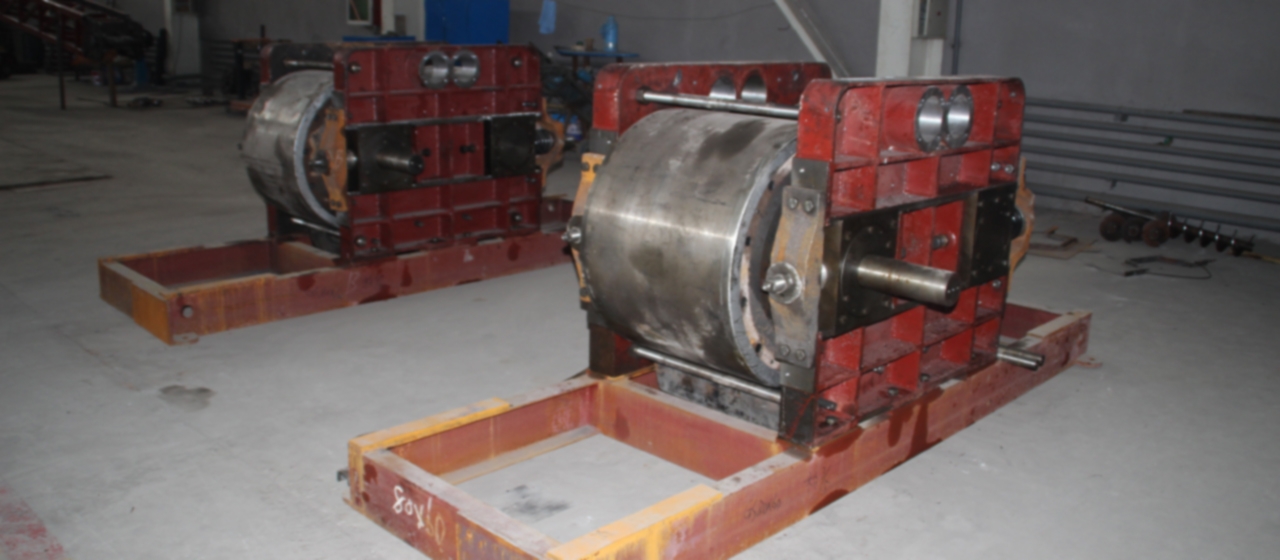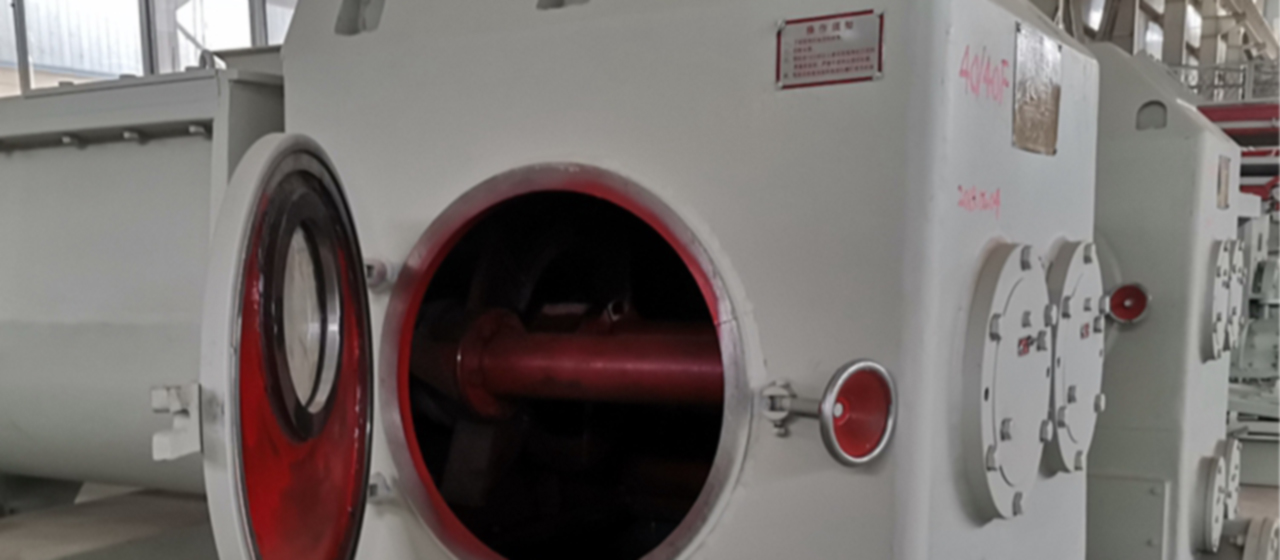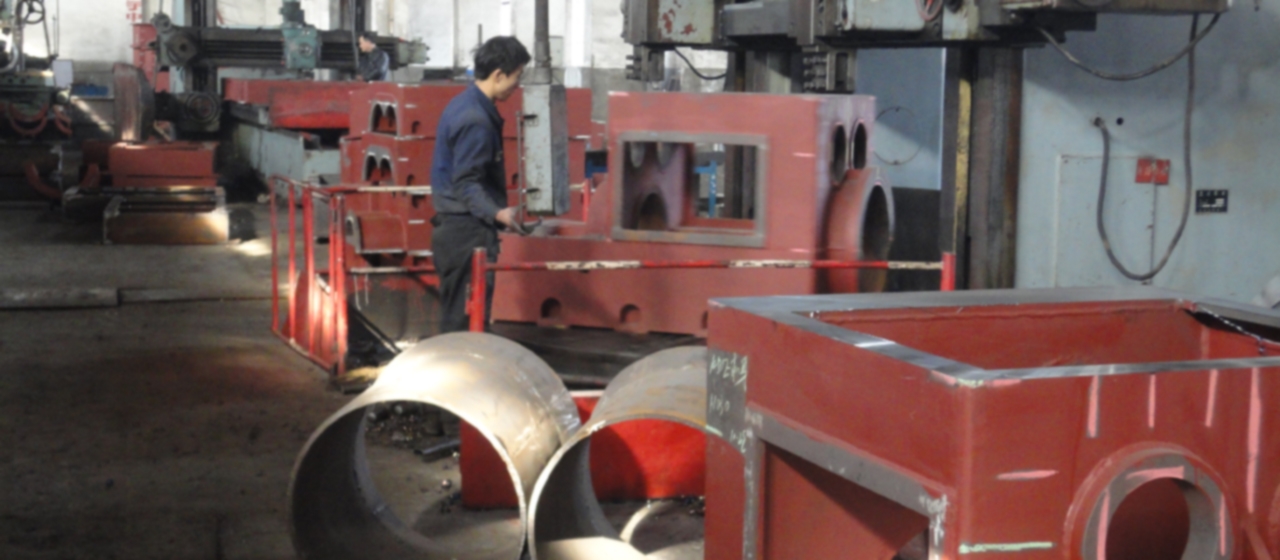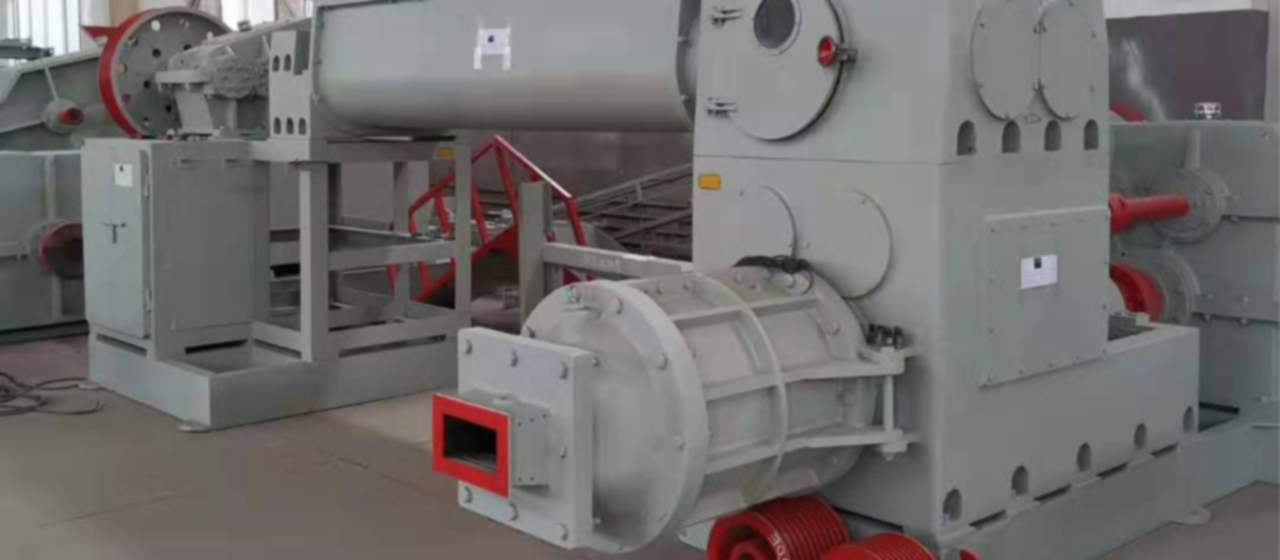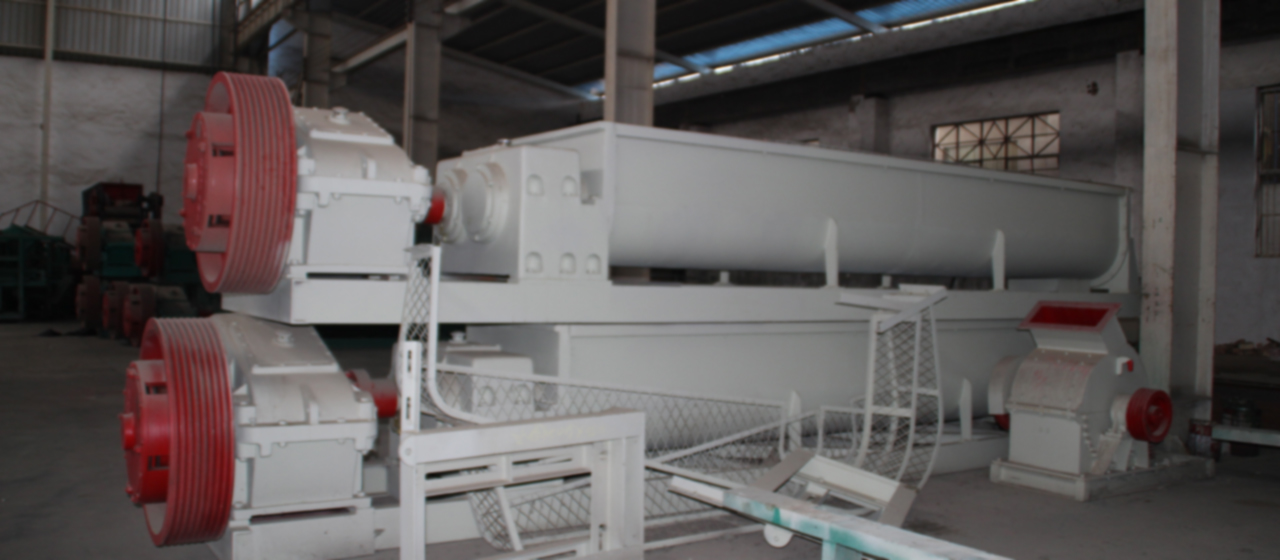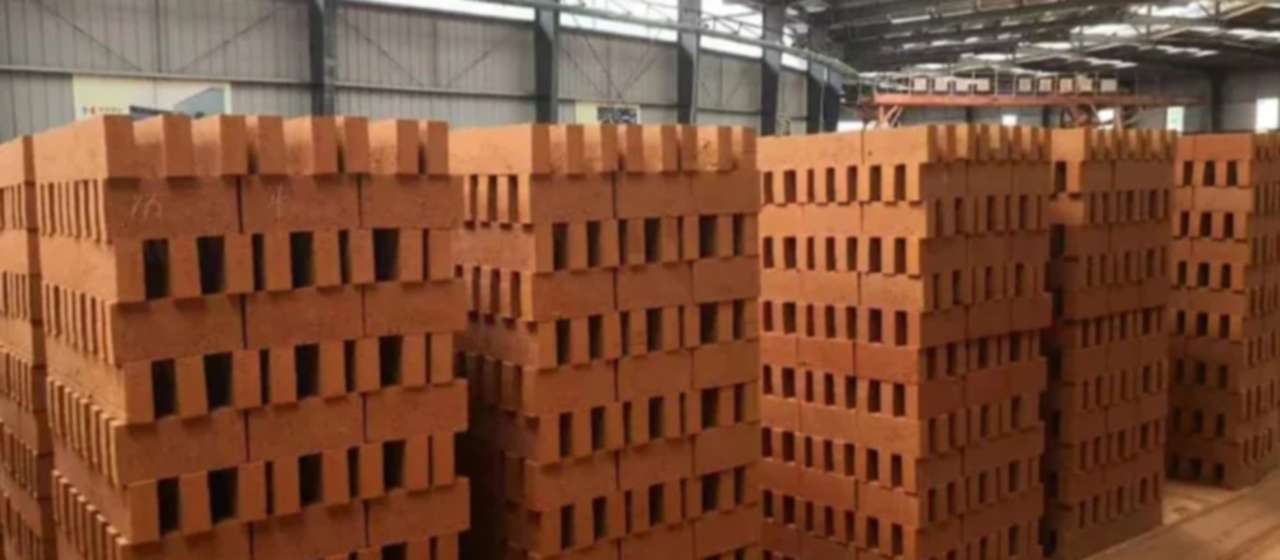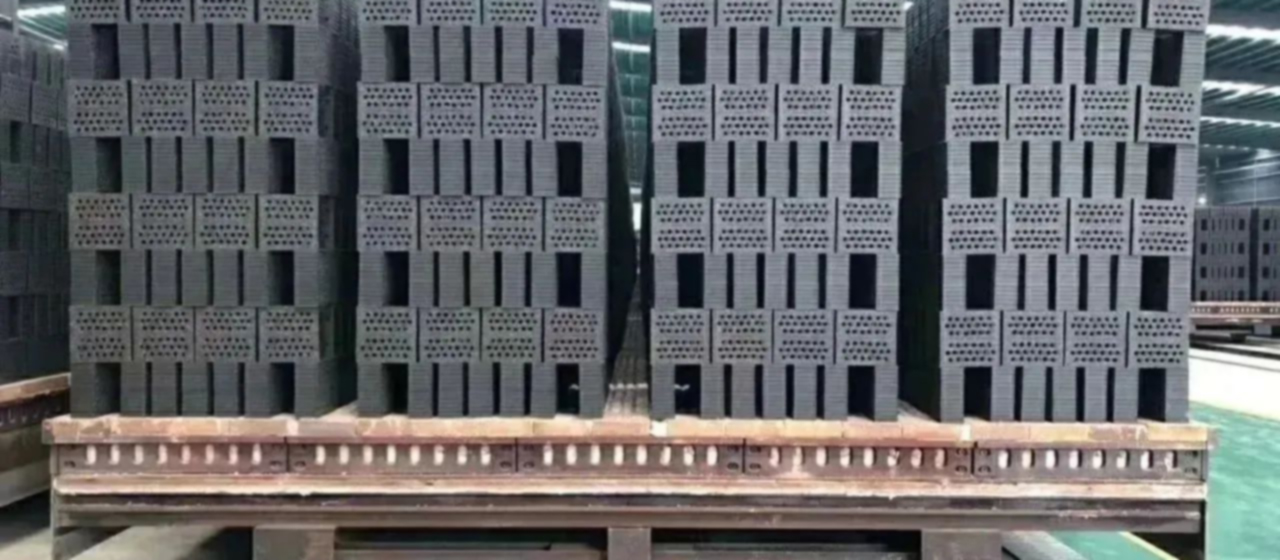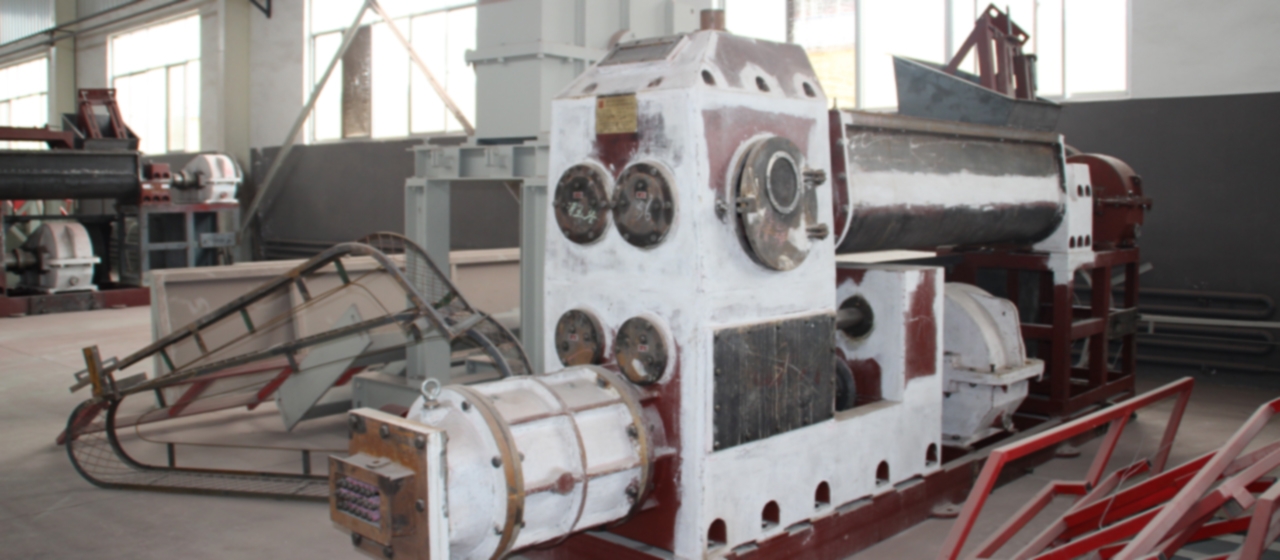roter Lehmziegel
Erste: Niedertemperatur-Bratzone: Der Röstzonenkörper ist rot oder dunkelrot, und die Temperatur ist deutlich unzureichend, Es müssen also Ziegel hergestellt werden. Das Tor sollte sofort abgesenkt werden, Die geöffnete Ofentür sollte geschlossen sein, überschüssige Luft sollte reduziert werden, und gute Steinkohle sollte häufig hinzugefügt werden, um das Feuer zu fördern oder zu entzünden, Kultivierung der Brandsituation. Zu den Gründen und Präventionsmaßnahmen für diese Situation gehören::

① Der Heizwert der Kohle ist zu niedrig und die Feuerkraft unzureichend. In der Tat, Minderwertige Kohle eignet sich besser für die interne Verbrennung, da sie ein erstklassiges Schlammmaterial ersetzen kann. Um das Feuer zu fördern, sollte häufig Kohle hinzugefügt werden, Um den Luftüberschuss zu begrenzen, können auch Knüppel mit hohem Widerstand verwendet werden.
② Die Ofenarbeiter beurteilen den Brand nicht genau, besonders an bewölkten und regnerischen Tagen und in der Nacht, Sie neigen dazu, kleine Brände zu überschätzen und die tatsächliche Temperatur zu senken.
③ Beim externen Brennen von Ziegeln, Der Widerstand des Stapels ist zu gering, Die Ofentür ist zu nah, Die Luftbremse ist zu hoch angehoben, und es gibt zu viel Luftüberschuss. Die nahegelegene Ofentür sollte geschlossen sein, Die Luftklappe sollte abgesenkt werden, und in schweren Fällen, Der Ausgang des Ofens und die teilweise Blockierung des Ziegelstapels sollten aufgehoben werden. Achten Sie stets darauf, sich der Ofentür nicht zu nähern
Zweitens, Das Feuer an der oberen Oberfläche liegt vor dem Feuer an der Basis, und der Unterschied im Basisfeuer: Das obere Oberflächenfeuer liegt mehrere oder mehr Reihen vor dem Basisfeuer. Wir sollten den starken Bodenwind des entfernten Tors verstärken, und senken Sie auch die anderen Tore entsprechend ab und zünden Sie das niedrige Feuer erneut, um die Temperatur zu erhöhen. Zu den Gründen und Präventionsmaßnahmen für diese Situation gehören::
① Der Boden des Ofens ist feucht, und es ist schwierig, die Temperatur am Boden des Stapels zu erhöhen. Auf feuchtigkeitsbeständige Maßnahmen und eine Entwässerung rund um den Ofenkörper sollte geachtet werden.
② Die Form des Code-Ofens ist nicht gut, und es wurde keine Ausdünnung an der Unterseite und keine Verdichtung an der Oberseite erreicht. Der Widerstand an der Oberseite des Knüppelstapels ist gering, und der Widerstand am Boden ist groß. Das untere Feuer kann sich nicht bewegen, also sollte es verbessert werden.
③ Beim Verbrennen von Verbrennungssteinen, Die Beine des Kang sind zu hoch und zu dünn, Die Handbremse ist zu hoch und zu nah, Die Drehrohrofentür ist zu nah, und der Luftstrom unten ist zu hoch. Beim Verbrennen von Ziegeln mit externer Verbrennung, Die Beine des Kang sind zu dicht und zu kurz, und der Aschegehalt der externen Kohle ist zu hoch, Dies blockiert den Durchgang der Kang-Beine und erschwert die Belüftung am Boden. Beides sollte angepasst werden.
④ Eine unzureichende Belüftung im Ofeninneren führt unweigerlich zu schweren Rückschlägen. Möglicherweise liegt es daran, dass die Luftbremse zu niedrig eingestellt ist, Der Stapel ist zu dicht und der Widerstand ist zu hoch, oder der Schornstein ist verstopft. Nach der Untersuchung sollten Anpassungen oder Reinigungen vorgenommen werden.
⑤ Wenn das Feuerloch nicht richtig gestapelt ist, die Kohle wird nicht auf den Boden fallen. Auf die Ablösung des Feuerlochs und die Überbrückung des Feuerlochs sollte geachtet werden, um eine gleichmäßige Verteilung der eingeworfenen Kohle auf den Boden zu gewährleisten.
Drittens, Das untere Feuer sollte vorgerückt sein und das obere Oberflächenfeuer sollte sich nicht bewegen. Für den Drehrohrofen, Das untere Feuer sollte durch Drücken der Ofentür und starke Kaltluft im Tank sofort abgekühlt werden. Wenn die Gefahr des Einsturzes des Ofens besteht, weil sich die Temperatur am Boden des Feuers der Obergrenze des Sintertemperaturbereichs nähert, Im unteren Teil der Ofentür in der Nähe der Röstzone kann ein Loch gebohrt werden, um Kaltluft zur Kühlung einzublasen. Sobald sich die Situation verbessert, es sollte sofort gesperrt werden. Die Hauptgründe und Präventionsmaßnahmen für diese Situation sind:
① Wenn der Wind im Ofen zu stark ist, vor allem, wenn die Saugkraft an den Beinen des Kang zu stark ist, oder es wird zu viel kalte Luft in den Oberflächenbrand eingeblasen, es kann nicht brennen. Die Distanzbremse sollte abgesenkt werden, Die Bodensaugkraft sollte reduziert werden, Das Feuerloch sollte geschlossen sein, um das Eindringen kalter Luft zu verhindern.
② Von außen wird zu viel Kohle zugeführt, und es gibt zu wenig Kohle auf dem Stapel direkt fallender Brennholzscheite, um verbrannt zu werden. Das ferne Tor sollte abgesenkt und das nahe Tor entsprechend eingestellt werden, um die untere Saugkraft zu verringern, Schließe das Feuerauge, und verhindern, dass kalte Luft injiziert wird. Wählen Sie eine geeignete Menge an Verbrennungsluft und einen angemessenen Heißluftdurchsatz, um die Oberflächentemperatur des Feuers zu erhöhen.
③ Um zu verhindern, dass Kohle durch das Feuerloch direkt auf den Boden des Ofens fällt, Auf die Überbrückung der Brandstelle ist zu achten, so dass die geworfene Kohle nach der Verteilung gleichmäßig auf alle Teile des Knüppelstapels verteilt wird, und es ist strengstens verboten, Kohle mit einer großen Schaufel hinzuzufügen. Der Ofen hat eine schlechte Form und eine ungleichmäßige Verteilung des Luftvolumens im Querschnitt.

Vierte: Starke Fehlzündung beim Rösten: hauptsächlich aufgrund unzureichender Windabsaugung. Dies kann an einer unzureichenden Saugleistung des Ventilators oder Schornsteins liegen, Verstopfung oder starke Luftleckage im Schornstein, unsachgemäßer Gebrauch der Bremsen, Ablösung von Papierbarrieren für Luftlecks, oder übermäßige Dichte des Ofens, und Unfähigkeit, die Luft zu bewegen. Die Ursache sollte identifiziert und beseitigt werden.
Fünfte: Egal wie früh der Schalter ausgeschaltet wird, Das Feuer wird sich nicht bewegen: Am Feuerauge ist zu erkennen, dass das Feuerauge stagniert oder sich sogar rückwärts bewegt. Es kann sein, dass das Tor des Isolierkühlbandes kaputt ist oder nicht dicht abgedeckt ist, oder die Ofenwand in diesem Abschnitt weist starke Luftlecks auf, direkt in den Schornstein eindringen und das Feuer zurückziehen. Während der Inspektion, Der Ventilator kann gestartet und die Rauchklappe vollständig geöffnet werden. Alle Luftklappen sollten geschlossen sein, und eine Taschenlampe sollte verwendet werden, um eine Inspektion des Teppichmusters entlang der Innenwand des Ofens durchzuführen, sowie die Lüftungsöffnung und die Flammen. Wenn festgestellt wird, dass Flammen in die Ziegelfuge eindringen, Es liegt ein Luftleck vor. Wenn Flammen in den Luftauslass bohren, Die Entlüftungsöffnung ist defekt oder nicht fest verschlossen. Für die Ziegelfuge, Zuerst sollte eine Tiefe von etwa 75 Pixel gegraben werden, und dann ein Schlammstreifen aus Sole mit 3% zu 5% industrial salt or tofu should be added to fill the brick joint. For the air damper, It should be repaired and replaced. The inner wall of the rotary kiln is close to the main flue, which has a high suction force and is more prone to air leakage. If the situation of the kiln is not correct, Der Widerstand des Scheitstapels ist zu hoch, der Längsfeuerkanal ist blockiert, und das Feuer kann sich nicht bewegen, Es sollte eine Verbesserung vorgenommen werden.
Sechste: Das Frontfeuer bewegt sich nicht, und der Rückschlag ist nicht garantiert: In diesem Moment, Das Feuer treibt nach oben, Das Gegenfeuer ist stark, und der Boden des Ofens ist nicht klar zu erkennen. Beim Braten, Das vordere Feuer fällt nicht unter den Boden. Bitte verringern Sie schnell den Gegenbrand. Die Gründe sind: Die Handbremse ist zu hoch, was das Feuer wegzieht, oder die Ofentür ist zu nah, and the air preheating is not enough to enter the roasting zone, flowing into the legs of the kang, and the bottom fire cannot be started; Or if the fire eye blank is too dense, the coal cannot be poured out to the bottom. Deswegen, the handbrake should be lowered and the door opening should be postponed. If the temperature of the insulation bag is severely reduced, the opened kiln door and the blocked part of the kiln brick stack should also be sealed to reduce the air intake, und die mittleren und unteren Rohlingstapel sollten entsprechend vergrößert werden, um die Höhe der Kang-Beine zu verringern. Wenn der Ofenarbeiter bei der Bedienung einen Fehler macht und einen Temperaturabfall verursacht, es sollte rechtzeitig erkannt werden. Verstärken Sie die Kohlezufuhr, um das Feuer aufrechtzuerhalten, die Zahl der Hochtemperaturentladungen erhöhen, bis das untere Feuer hell und ohne schwarze Taille ist, um den normalen Ausfluss wiederherzustellen.

